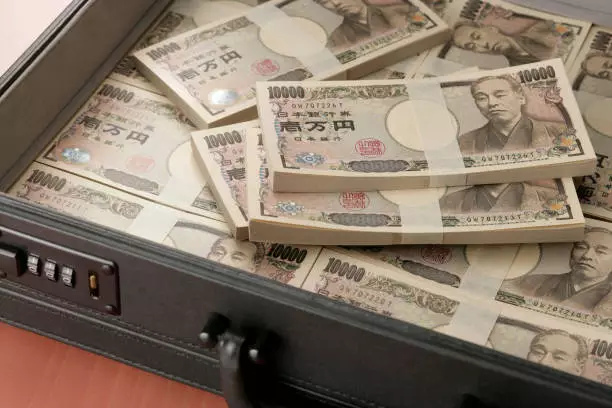The recent decline of the USD/JPY exchange rate, dipping below the pivotal 140 yen per dollar threshold, marks a significant moment in the financial markets this year. This is not just a statistical anomaly; it signals a broader shift in economic fundamentals that could reshape currency relationships for the foreseeable future. As of 2025, the exchange rate has plummeted by nearly 11% since January, placing significant pressure on the US dollar. This trend demands close scrutiny as it suggests that factors beyond mere market mechanics—political maneuvers and economic strategies—are at play.
The Influence of U.S. Tariff Policies
The White House’s evolving tariff strategy has been a central catalyst in this currency fluctuation. As tariffs increase, they provoke a consequential sell-off of US government bonds, leading to a weakening of the dollar. This fallout can be interpreted as a broader signal of investor sentiment, reflecting uncertainty about the strength of the US economy amid growing trade tensions. The implications of these policy decisions extend far beyond immediate financial markets; they ripple through global trade relationships, impacting not only the US but also Japan, which is viewed as a crucial player in the currency market.
Japan’s CPI and Its Implications for the Yen
Adding an intriguing layer to this economic narrative is the recent Consumer Price Index (CPI) report from the Bank of Japan, which remained steadfast at 2.2%, defying analysts’ expectations of a rise to 2.4%. This stability in inflation figures is meaningful; it suggests that Japan’s economy is exhibiting a degree of resilience amidst global economic fluctuations. With inflationary pressures remaining subdued, the yen holds a relatively stronger position compared to the beleaguered US dollar. This scenario presents an interesting juxtaposition, as the US grapples with potential inflation spikes exacerbated by tariff-induced economic strife.
The Technical Perspective: Bearish Trends Ahead
The technical analysis of the USD/JPY chart reveals critical insights for traders and investors alike. The psychological barrier at 140 yen has historically functioned as a support level, yet recent dynamics raise doubts about its continued viability. As the USD/JPY price breaks beneath the descending wedge pattern—a sign that bears are gaining traction—market sentiment appears tilted toward a bearish outlook. This could signal a shift in investor strategies, prompting many to reconsider their positions as the balance of supply and demand shifts unfavorably for the dollar.
What Lies Ahead for Traders?
The immediate future for the USD/JPY seems to present a landscape fraught with uncertainty. Bears are currently in control, establishing the likelihood of continued downward pressure on the dollar. Traders must remain agile, continually reassessing their strategies in light of evolving economic indicators and geopolitical developments. The landscape is undoubtedly complex, but those who approach it with diligence and insight could uncover opportunities amidst the turbulence. Adopting a proactive stance in navigating these shifting tides will be essential for capitalizing on the potential fluctuations ahead in the USD/JPY currency pair.

